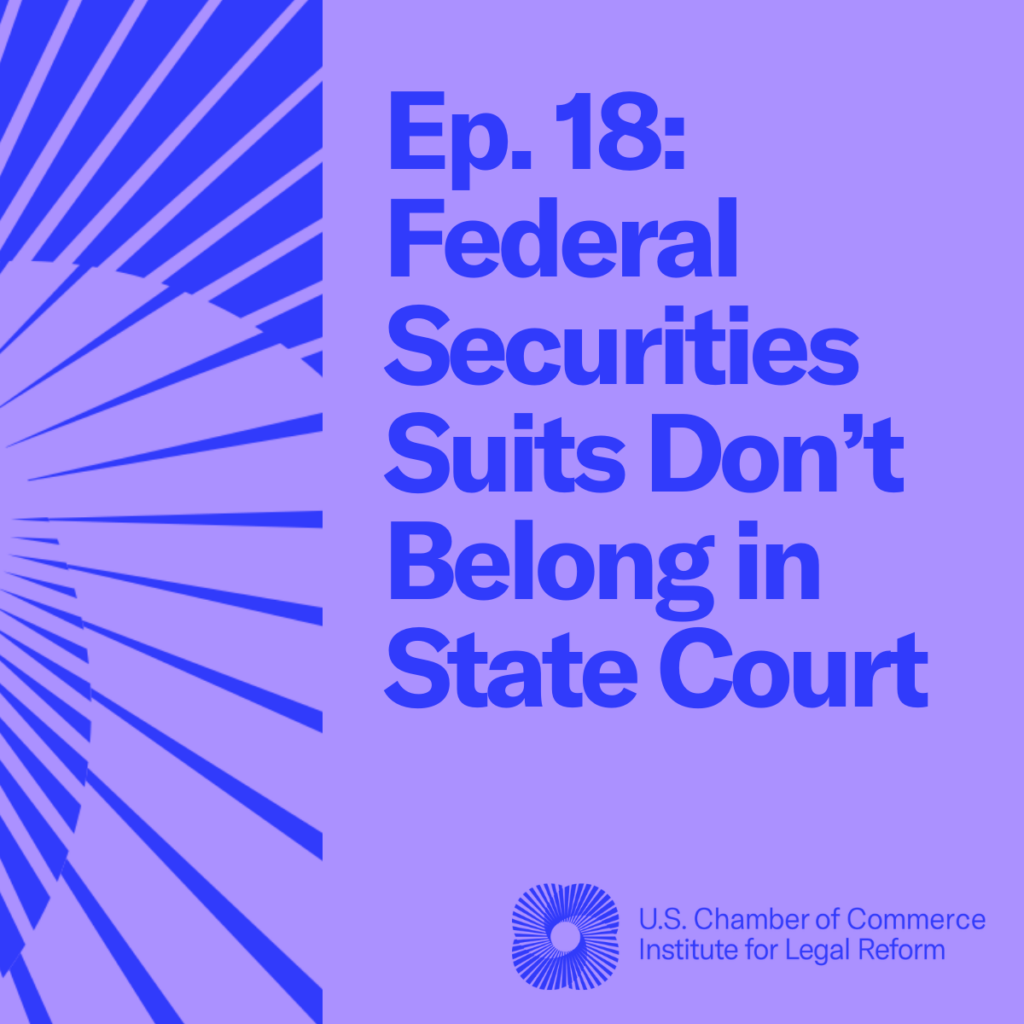The chances of a company being sued in a securities class action lawsuit are higher now than at any time in the 20 years since Congress passed the Private Securities Litigation Reform Act (PSLRA), which rewrote the rules for modern securities fraud litigation in 1995.
In 2017 more than eight percent of U.S.-listed companies were named in a securities class action, and recent research shows the rate of filings in the first six months of this year came close to the same “torrid” pace.
According to The D&O Diary insurance blog, 204 securities class action lawsuits were filed in federal courts in the first half of 2018. That means the 408 projected filings for the year would be just slightly below last year’s filings of 412.
That projected number is more than double the annual average of filings from 1996 to 2016.
“The trend toward greater securities class action litigation frequency is now well-enough established that it could be argued that long-term securities litigation frequency risks have changed categorically,” wrote The D&O Diary’s Kevin LaCroix. “This means publicly traded companies not only now face an overall greater risk of securities class action litigation than in the past, but it also means that their D&O insurers also may be facing a significantly increased litigation frequency risk as well.”
LaCroix points out that just over 40 percent of the securities suit filings so far this year have been claims challenging mergers and acquisitions (M&A). The M&A numbers have gone up sharply since plaintiffs’ lawyers began filing more of these kinds of cases in federal courts rather than state courts, after state judges in Delaware began rejecting so-called “disclosure-only” settlements.
These settlements are ones in which companies agree to make insignificant changes to the deal agreement and pay legal fees to the lawyers, but pay no money to the shareholder plaintiffs who brought the lawsuit.
The numbers cited in The D&O Diary are similar to the 2017 litigation trends reported by Cornerstone Research and the Stanford Law School Securities Class Action Clearinghouse in their annual report last January.
Cornerstone also noted that the outcomes of securities class action filings in recent years show higher dismissal rates, with cases filed in 2017 on pace to have the record-highest rate of dismissals within the first year of filing. The report found that M&A cases filed from 2009 to 2016, have been dismissed at a much higher rate than other federal filings.
“The recent surge in lawsuits that are likely to be dismissed is troubling from a public policy perspective,” according to Professor Joseph Grundfest, director of the Stanford Law School Securities Class Action Clearinghouse.
“The PSLRA was designed to deter plaintiffs from filing low-quality complaints, but this surge in complaints that are dismissed with greater frequency suggests that the law is no longer having its intended quality-enhancing effect. Policymakers should, I think, study these data carefully and ask whether the time is nigh for further reform.”



